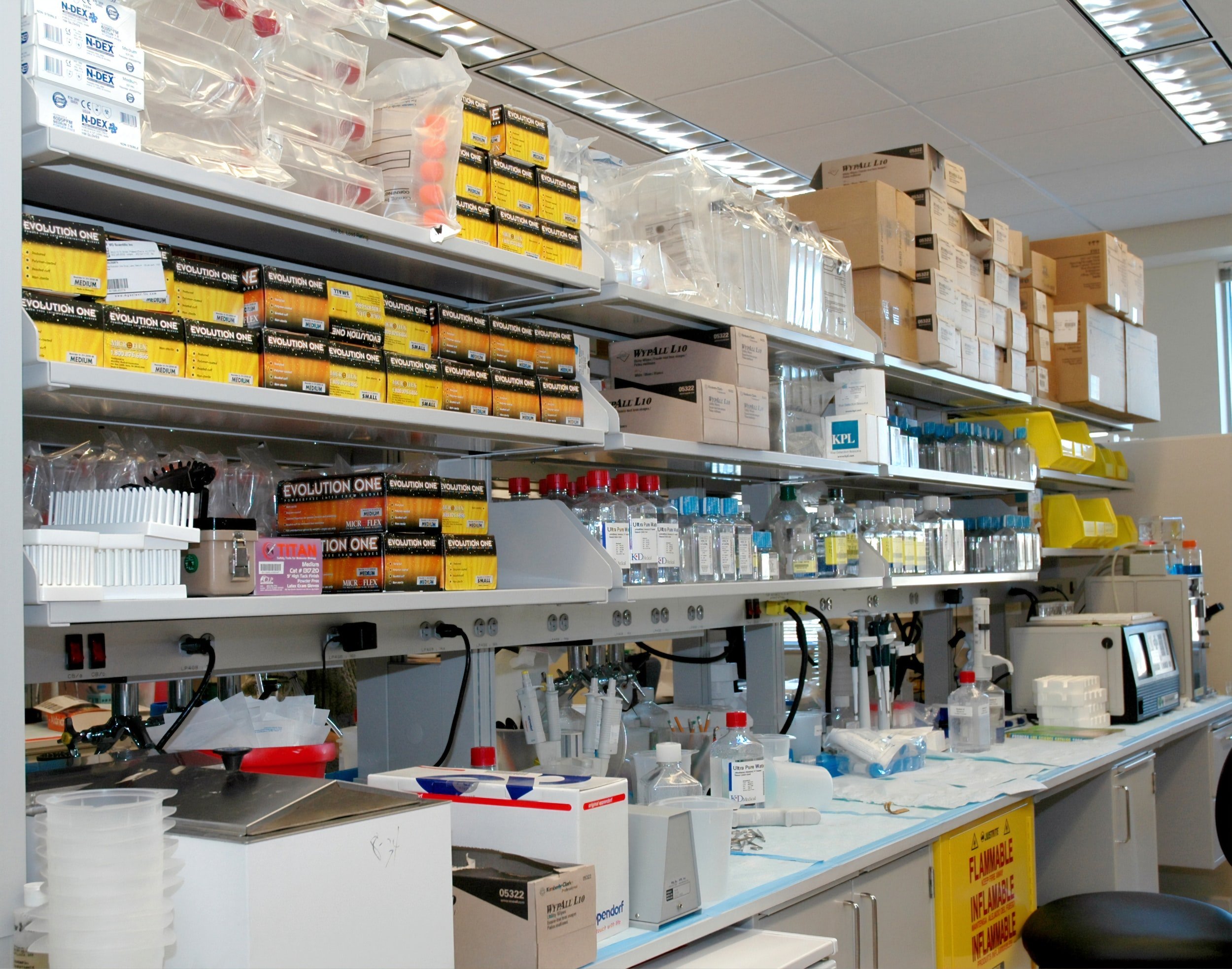
Rare Disorders We Study
The KAT6A gene is located on chromosome 8 and codes for lysine (K) acetyltransferase. Functionally, KAT6A provides instructions for making proteins that help regulate gene expression. Therefore, mutations in the KAT6A gene can cause a developmental disorder that affects physical and intellectual development. These mutations occur new (de novo) and result in a shortened protein that is unable to regulate gene expression in crucial cell processes and metabolisms. As a result, KAT6A patients typically have varying degrees of developmental disabilities, delays reaching developmental milestones (developmental delay), delays in being able to speak (speech delay), and distinct facial features (craniofacial dysmorphism). KAT6A patients may also have more varied features such as feeding difficulties, heart defects, and eye anomalies. Our biobank is dedicated to research in order to gain better knowledge of the core mechanisms of these disorders and create more efficient treatment options for KAT6A patients.
KAT6B is an extremely rare genetic condition that results from a mutation in the KAT6B gene. This gene, similarly to KAT6A, is involved with regulating gene expression of structural proteins and providing instructions for proper development of the nervous and skeletal systems. These mutations occur new (de novo), which means it was not inherited from either parent.
The mutation has been associated with two disorders: Say-Barber-Biesecker-Young-Simpson (SBBYS), also known as Ohdo Syndrome, and Genitopatellar Syndrome (GPS).
Of these two syndromes affected by KAT6B mutations, there is a broad spectrum of diagnosis of intellectual and physical disabilities. Both syndromes carry characteristics of some degree of global developmental delay and intellectual disability. Other complications including decreased muscle tone (hypotonia), genital abnormalities, and skeletal abnormalities have been observed in individuals with either phenotype.
A mutation that occurs in the BRPF1 gene is typically a de novo mutation that is not found in the patients, however there are instances that a parent carries a pathogenic BRFP1 gene variant. For parents that carry the BRPF1 gene, the risk of having another child with a disorder caused by a BRPF1 gene, there is a 50% chance of iti being passed on. Children with BRPF1-related disorders may have global developmental and intellectual delays. Young children may experience decreased muscle tone (hypotonia) and have distinct facial facials or joint hypermobility (joints that stretch more than expected). They may also experience difficulties with expressive speech and have behavioral difficulties. BRPF1-related disorders currently have no cure. Through proper diagnosis however, various types of support like monitoring health management can be put in place for individuals and their families.

